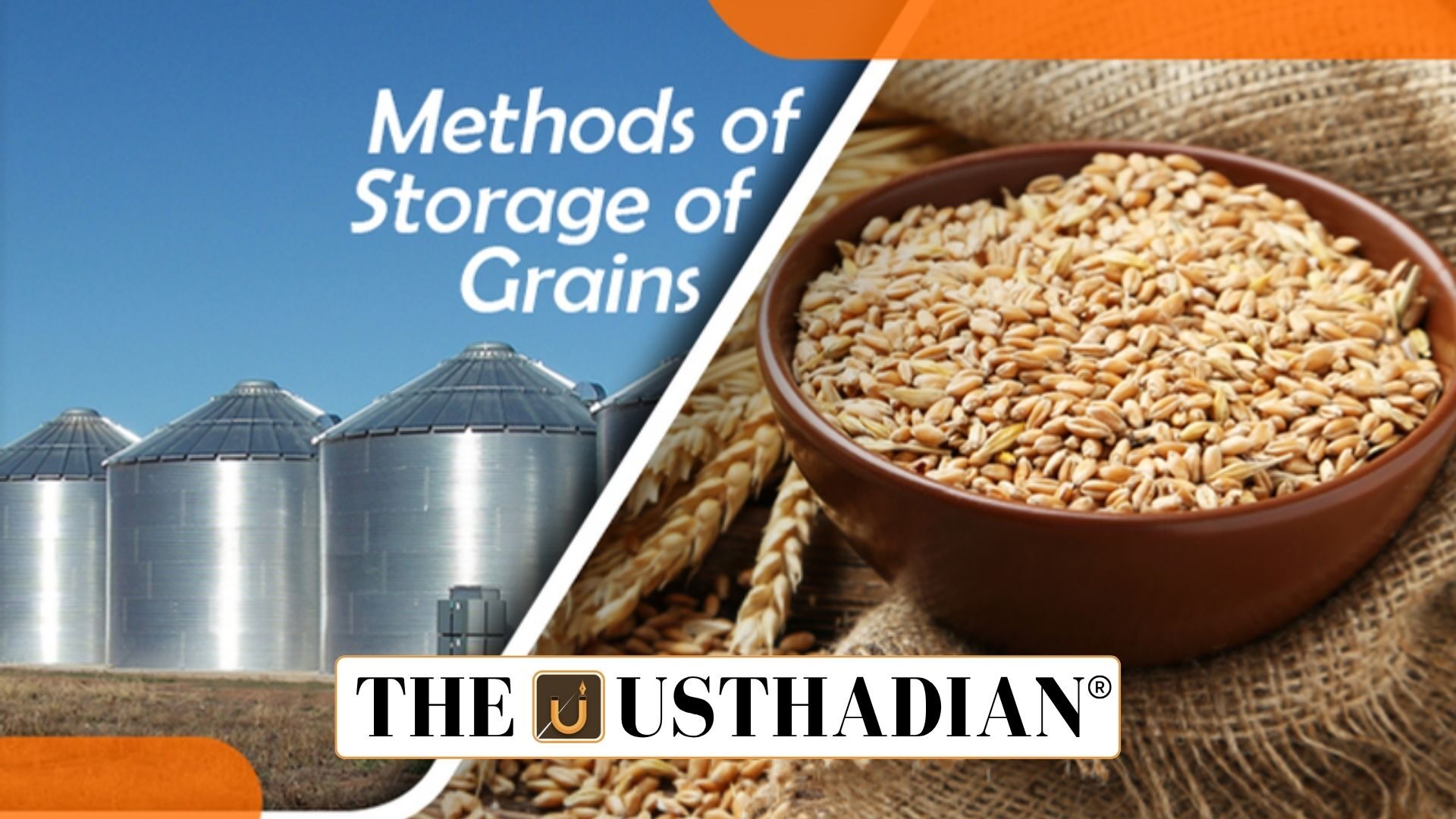Rising need for storage
India’s Food Grain Storage Growth 2025: India’s record food grain production of 354 million tonnes in 2024-25 highlights the importance of storage. Wheat crossed 117 million tonnes while rice reached 149 million tonnes. Efficient storage reduces wastage, ensures price stability, and supports farmer incomes. Static GK fact: India is the world’s second-largest producer of rice and wheat after China.
Centralised storage system
The Food Corporation of India (FCI) procures food grains at Minimum Support Price (MSP) and stores them in covered godowns and modern silos. This backbone supports the Public Distribution System (PDS). By mid-2025, FCI and state agencies managed storage of over 917 lakh metric tonnes, ensuring strong national food security.
Cold storage expansion
Cold chain facilities preserve perishables such as fruits, vegetables, dairy, and meat. India currently has 8,815 cold storages with a capacity exceeding 402 lakh metric tonnes. Schemes like Pradhan Mantri Kisan SAMPADA Yojana (PMKSY) and the Agriculture Infrastructure Fund (AIF) provide incentives for expanding refrigerated storage and transportation. Static GK Tip: Uttar Pradesh has the highest number of cold storage facilities in India.
Role of PACS in decentralised storage
Primary Agricultural Credit Societies (PACS) operate at the village level, reducing transport costs and post-harvest losses. They function as godowns, procurement centres, and Fair Price Shops. Over 73,000 PACS have been computerised for better transparency, and expansion projects continue to strengthen rural storage.
Government schemes strengthening capacity
The Agriculture Infrastructure Fund (AIF) has sanctioned over Rs. 73,000 crores for 1.27 lakh projects. The Agricultural Marketing Infrastructure (AMI) scheme supports construction of nearly 50,000 warehouses. PMKSY has approved 1,601 food processing and cold chain projects. Additionally, the Capital Investment Subsidy Scheme aids cold storage development in difficult terrains.
Modern technologies in storage
India is building steel silos with mechanised bulk handling to reduce grain losses. By mid-2025, silos with a capacity of 27 lakh tonnes were functional, with more under development. Asset monetisation allows FCI to construct godowns on vacant land, while special focus is given to the North Eastern states.
Cooperative sector initiatives
The World’s Largest Grain Storage Plan in Cooperative Sector, launched in 2023, strengthens agri-infrastructure at the PACS level. Pilot projects across 11 states have completed godowns, with 500 PACS identified for expansion. This initiative will transform PACS into multi-service hubs, improving storage, processing, and rural economic resilience.
Static Usthadian Current Affairs Table
India’s Food Grain Storage Growth 2025:
| Topic | Detail |
| Food grain production 2024-25 | 354 million tonnes |
| Wheat output | 117 million tonnes |
| Rice output | 149 million tonnes |
| FCI and state storage capacity 2025 | 917 lakh metric tonnes |
| Number of cold storages in India | 8,815 |
| Cold storage capacity | 402 lakh metric tonnes |
| PACS computerised | Over 73,000 |
| AIF projects sanctioned | 1.27 lakh worth Rs. 73,000 crores |
| Steel silo operational capacity 2025 | 27 lakh tonnes |
| Cooperative storage plan pilot | Implemented in 11 states |








